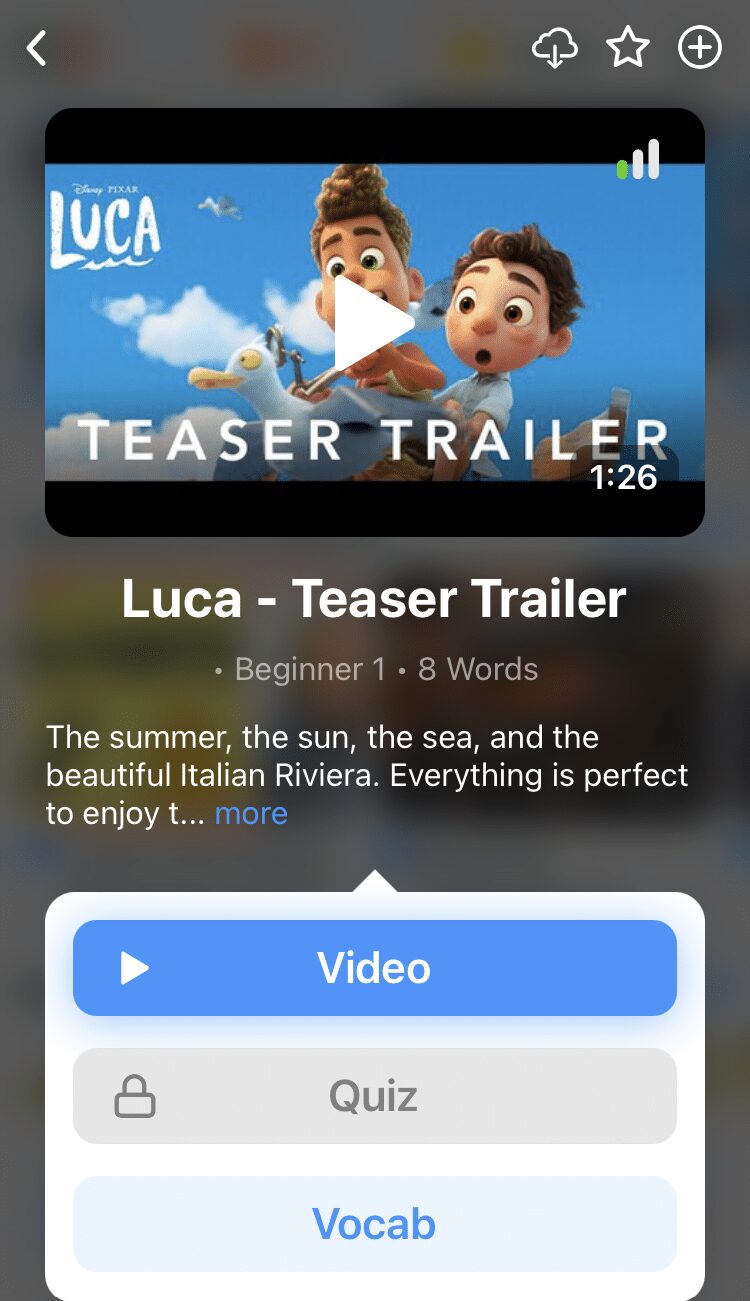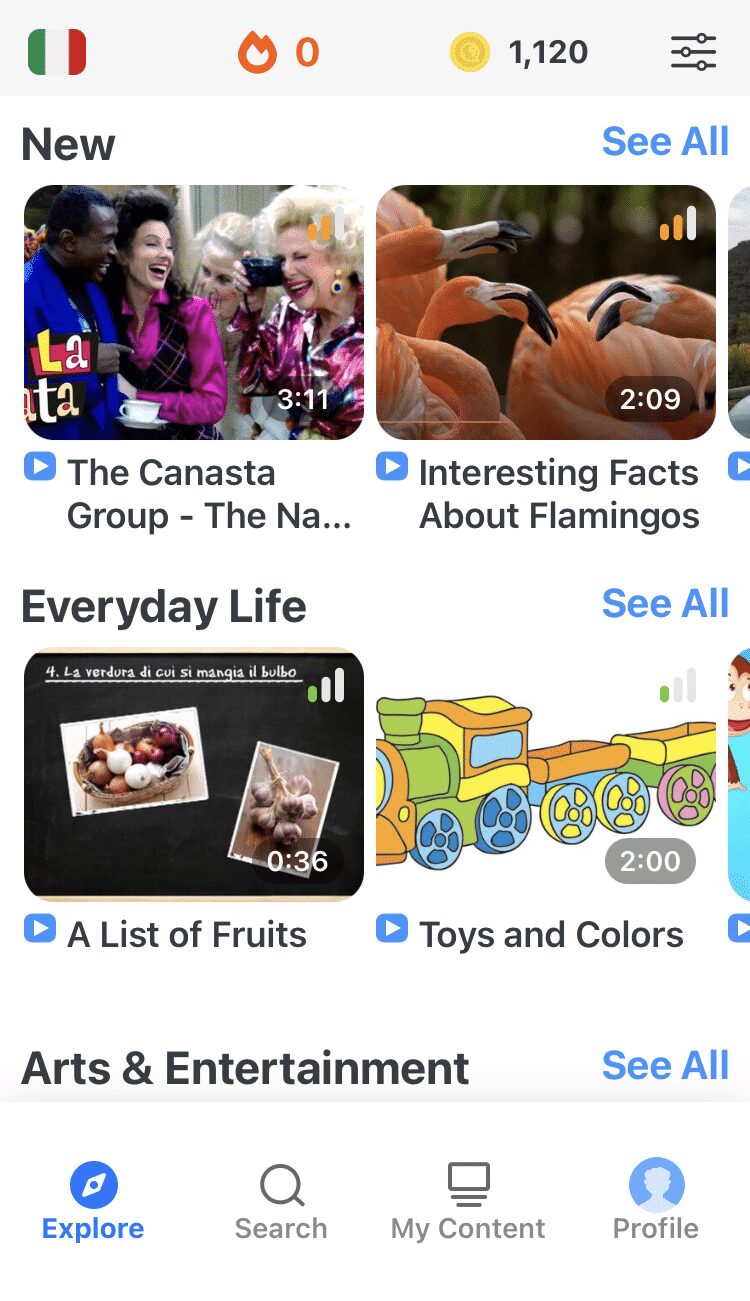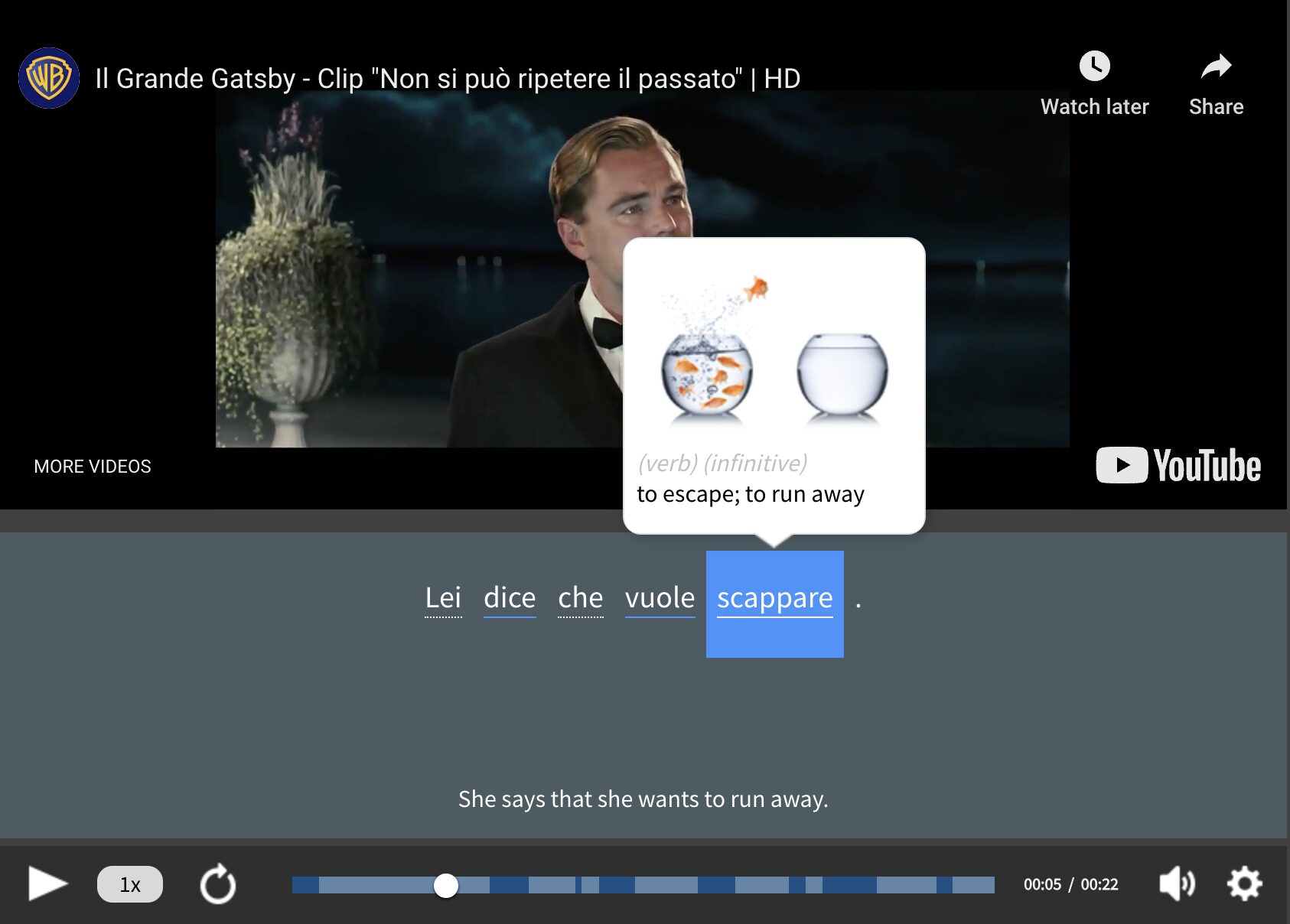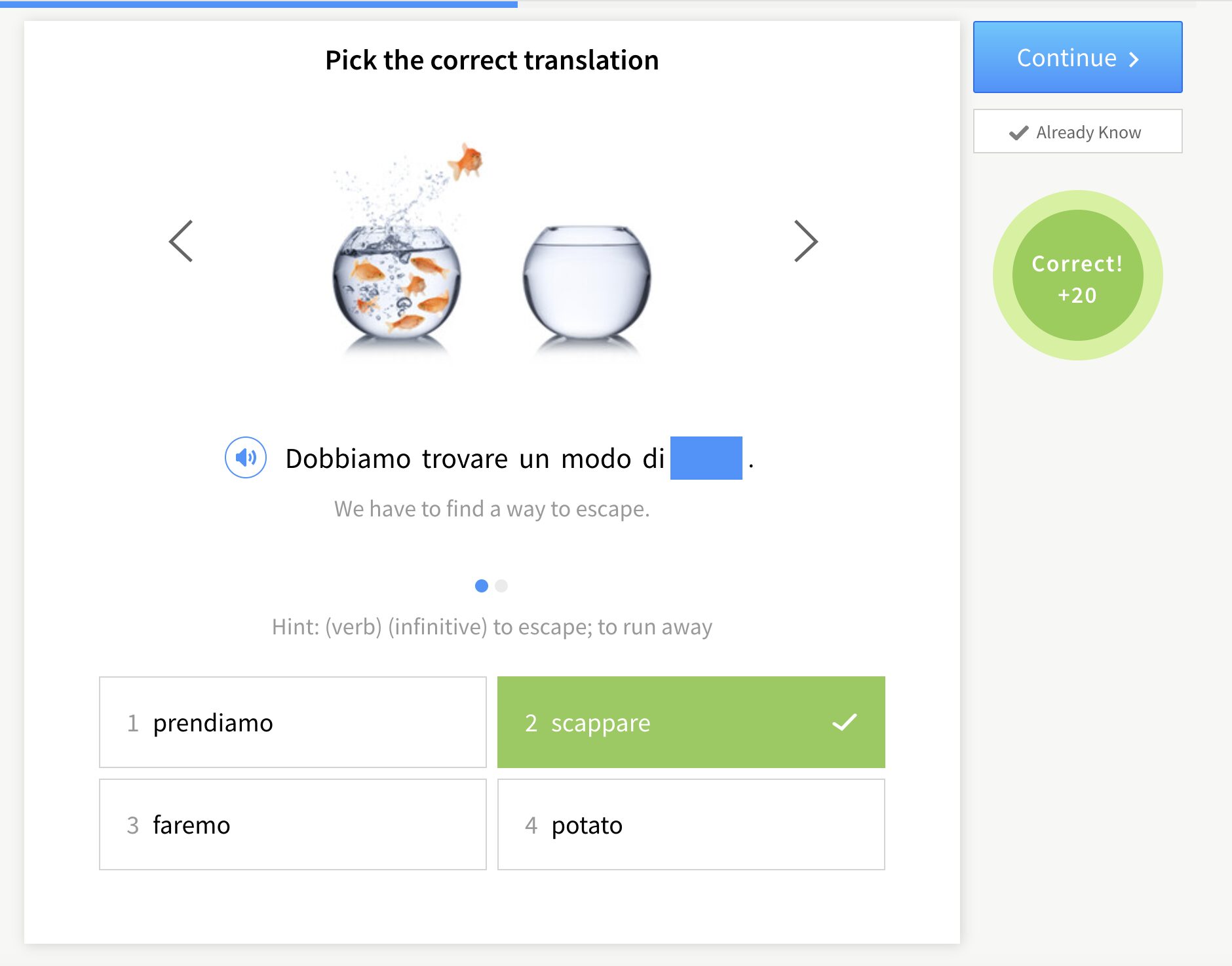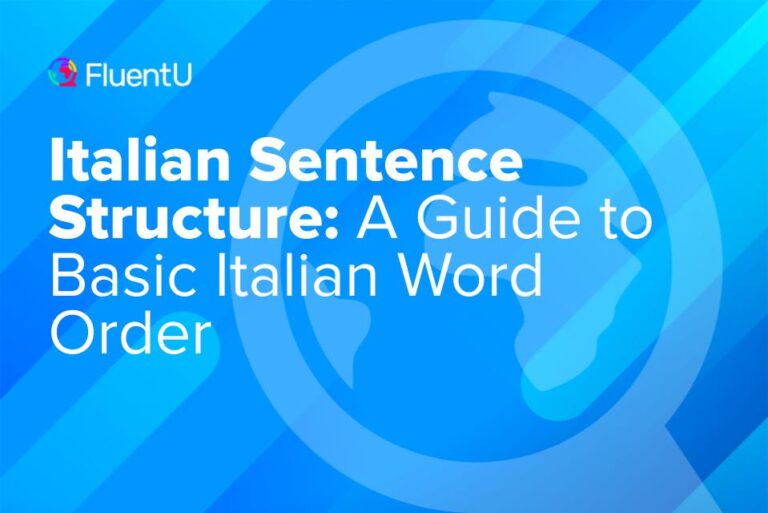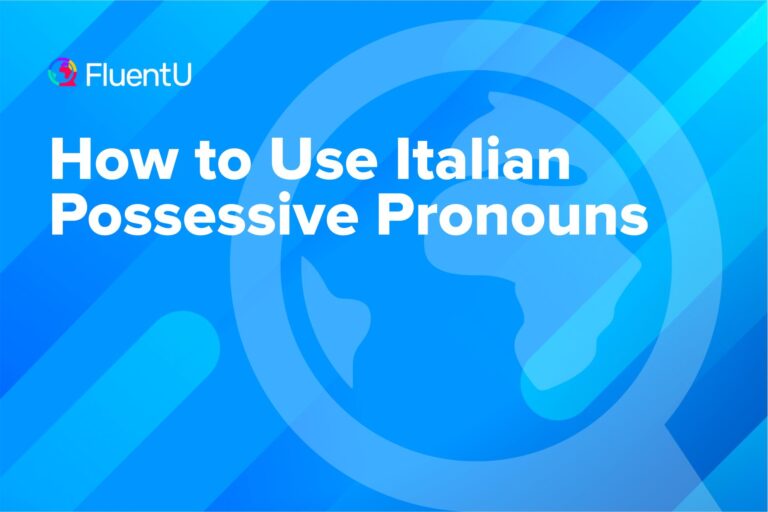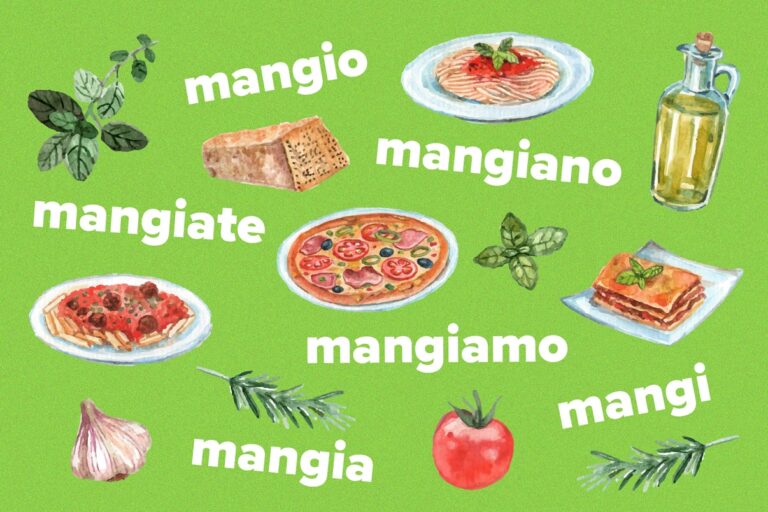Common Italian Suffixes and How to Use Them
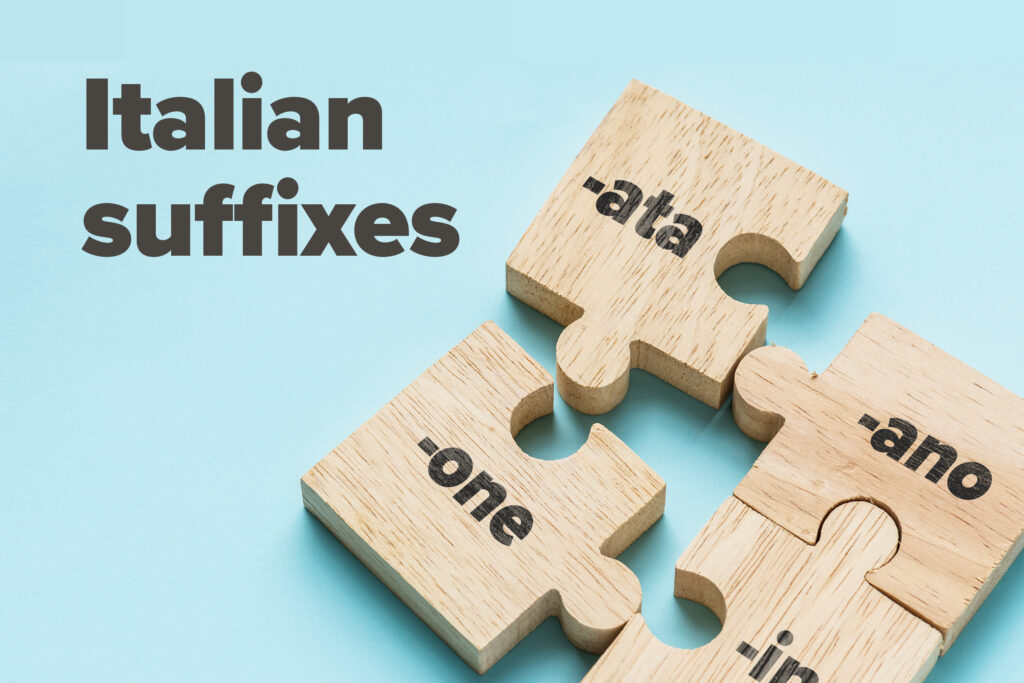
Italian suffixes are endings added to the root of a word to create a new word, usually with a slightly different meaning. They’re a convenient way to boost your vocabulary and make understanding Italian much easier.
Italians use suffixes all the time, so it’s an important (and extremely useful) part of learning the language. Let’s look at some of the most common Italian suffixes and how to use them.
Download: This blog post is available as a convenient and portable PDF that you can take anywhere. Click here to get a copy. (Download)
What Are Italian Suffixes?
A suffix is an attachment to the end of a word that changes that word’s meaning. Some examples of suffixes in English are -tion, -cian, -al, -ible, -able, -ive, -ful, -ious, -ment and -ly.
Using suffixes, we can take the word “relate,” for example, and create “relation,” “relative,” “relatable,” “relatively” and more. Italian suffixes work similarly, and there are even more suffixes in Italian than in English.
On top of all the things that English suffixes do, Italian suffixes can also make a thing big, small, cute, gross, young, old and much more. Being able to use suffixes instead of cramming your sentences with excess words is part of speaking fluent Italian.
Common Italian Suffixes
Here are some common Italian suffixes that you can use in your conversations.
Agentive Suffixes
Agentive suffixes describe a person who does an action. For example, we can add the agentive suffix -er to the English word “teach” to create “teacher,” a person who teaches. Here are some examples in Italian:
-aio:
• forno
(oven) → fornaio
(baker)
• macello
(slaughterhouse) → macellaio
(butcher)
-ista:
• ciclo
(cycle, loop) → ciclista
(cycler)
• batteria
(drums) → batterista
(drummer)
-tore:
• scia
(he/she skis) → sciatore
(skier)
• crea
(he/she creates) → creatore
(creator)
iere/-iera:
• giardino
(garden) → giardiniere
(male gardener) / giardiniera
(female gardener)
• infermo
(sick person) → infermiere
(male nurse) / infermiera
(female nurse)
Pejorative Suffixes
Pejorative suffixes give a negative connotation to a word. We don’t have these in English, so they can be a little tricky to get used to. Here are a couple of examples in Italian:
-accio:
• ragazzo
(boy) → ragazzaccio
(bad boy)
• cane
(dog) → cagnaccio
(bad dog)
-accia:
• giorno
(day) → giornataccia
(bad day)
• parola
(word) → parolaccia
(curse word)
Diminutive Suffixes
Italians can also change the size (and cuteness) of things by using suffixes. We don’t have these suffixes in English and instead have to use adjectives.
In Italian, the diminutive suffix is sometimes used to say something is small. It’s also often used to describe things that are similar to other things. Take a look:
-etto:
• libro
(book) → libretto
(small book or booklet)
• orso
(bear) → orsetto
(small bear or teddy bear)
-etta:
• casa
(house) → casetta
(small house)
• scatola
(box) → scatoletta
(small box)
-ino:
• paese
(village) → paesino
(small village)
• telefono
(phone) → telefonino
(cell phone/mobile)
Augmentative Suffixes
Just like the diminutive suffixes above that make things smaller, there are augmentative suffixes that make things bigger.
Careful using these though. Sometimes they make things big, sometimes they make things fat and sometimes they make new words!
-one:
• gatto
(cat) → gattone
(big cat)
• porta
(door) → portone
(main door of a building)
• chiacchiera
(chit-chat) → chiacchierone
(chatterbox)
-ona:
• stanza
(room) → stanzona
(big room)
• casa
(house) → casona
(big house)
Suffixes that Denote Origin or Nationality
These suffixes describe where a person or thing is from. We have these in English as well. For example, if you’re from America, you’re American (America + -an). If you’re from China, you’re Chinese (China + -ese).
The concept works similarly in Italian. Here are some examples:
-ano:
• Roma
(Rome) → romano
(Roman)
• Australia
(Australia) → australiano
(Australian)
-ese:
• Milano
(Milan) → milanese
(from Milan)
• Giappone
(Japan) → giapponese
(Japanese)
You can get more practice with these suffixes at Impariamo Italiano.
Suffixes that Change Verbs to Nouns
One of the most important functions of a suffix in Italian or English is to change the grammar of a word so that it can be used in other contexts.
If we want to use the verb “educate” as a noun, for instance, we use a suffix to change it to “education” (educate + -tion). Let’s see how to do this in Italian:
-ata:
• cammina
(walk) → una camminata
(a walk)
• chiacchiere
(chatter) → una chiacchierata
(a chat)
-mento:
• cambia
(change — verb) → cambiamento
(change — noun)
• paga
(pay — verb) → pagamento
(payment)
-tura:
• frigge
(fry in oil) → frittura
(fried food)
• acconcia
(style) → acconciatura
(hairstyle)
-zione:
• distribuisce
(distribute) → distribuzione
(distribution)
• concentra
(concentrate) → concentrazione
(concentration)
Suffix to Denote Places of Business
In English, we tend to simply add the word “store” or “shop” to most places where we buy things. In Italian, they have a suffix for this. I’m sure you’ve heard this one if you’ve ever been to a pizzeria.
-eria:
• carta
(paper) → cartoleria
(stationary shop)
• gelato
(ice cream) → gelateria
(ice cream shop)
A good way to become familiar with Italian suffixes is by immersing yourself in native Italian content so you can see them in action. One resource that you could use is FluentU.
FluentU takes authentic videos—like music videos, movie trailers, news and inspiring talks—and turns them into personalized language learning lessons.
You can try FluentU for free for 2 weeks. Check out the website or download the iOS app or Android app.
P.S. Click here to take advantage of our current sale! (Expires at the end of this month.)
Learning to use Italian suffixes correctly will help your speech sound more natural and greatly boost your comprehension. It’s time to start practicing!
Download: This blog post is available as a convenient and portable PDF that you can take anywhere. Click here to get a copy. (Download)
And One More Thing...
If you want to learn Italian with authentic materials but need a little extra support, then let me tell you about FluentU.
FluentU lets you consume the same content as native Italian speakers, but with tools to make it easier to pick up the language while you watch. You’ll learn Italian as it’s actually spoken by real people, unlike with other programs that use scripted content.
You can bring our learning tools directly to YouTube or Netflix with the FluentU Chrome Extension, or check out our curated video library full of clips that cover a wide range of topics, as you can see here:
FluentU brings native videos within reach with interactive subtitles. You can tap on any word to instantly see its meaning, an image, and its audio pronunciation. Click on the word for additional examples and to add it to your flaschards.
To reinforce what you've learned, you'll complete engaging exercises and see more examples of the key words from the video. FluentU keeps track of the vocab you’re learning, and gives you extra practice with words you find challenging.
Start using the FluentU website on your computer or tablet or, better yet, download the FluentU app from the iTunes or Google Play store. Click here to take advantage of our current sale! (Expires at the end of this month.)

